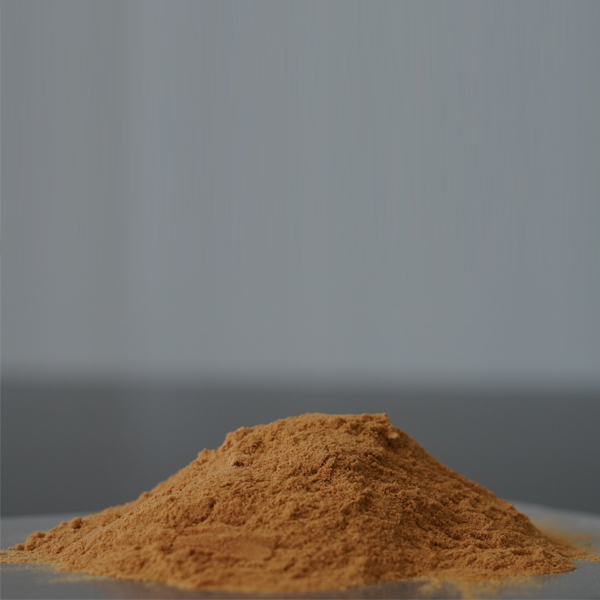
News
Dec . 09, 2024 18:40 Back to list
Sodium Salt of L-Aspartic Acid Homopolymer for Innovative Applications in Biochemistry
The Versatility of L-Aspartic Acid Homopolymer Sodium Salt
L-Aspartic acid, an alpha-amino acid that plays a crucial role in the biosynthesis of proteins, has gained significant attention in various fields of science and technology. One of its most intriguing derivatives is L-aspartic acid homopolymer sodium salt. This compound, formed by the polymerization of L-aspartic acid, offers a wide range of applications in industries such as pharmaceuticals, cosmetics, and materials science due to its unique properties.
Understanding L-Aspartic Acid
L-Aspartic acid is classified as a non-essential amino acid, meaning that it can be synthesized by the body. It is involved in the synthesis of neurotransmitters and is essential for the functioning of the nervous system. The amino acid is known for its role in metabolic processes and is vital for the production of nucleotides and the urea cycle, which helps in the detoxification of ammonia.
The Polymerization Process
The polymerization of L-aspartic acid leads to the formation of a homopolymer, where the repeating unit is comprised of aspartic acid residues linked by peptide bonds. When this polymer is neutralized and combined with sodium ions, it transforms into L-aspartic acid homopolymer sodium salt. This compound exhibits enhanced solubility in water compared to its parent amino acid, making it suitable for various applications.
Key Properties
L-aspartic acid homopolymer sodium salt possesses several significant properties
2. Stability The salt form contributes to enhanced stability under a wide range of environmental conditions, which is crucial for maintaining the integrity of formulations.
l-aspartic acid, homopolymer, sodium salt

3. Viscosity Modulation The polymer can modify the viscosity of solutions, which can be advantageous in creating gels, creams, and emulsions in cosmetic formulations.
4. Emulsification Properties Its ability to stabilize emulsions is vital in food and cosmetic industries, as it helps disperse oily and aqueous phases, leading to uniform products.
Applications in Pharmaceuticals
In the pharmaceutical sector, L-aspartic acid homopolymer sodium salt serves as a potential excipient or active ingredient in drug formulations. Its biocompatibility allows for incorporation into carrier systems for targeted drug delivery. The polymer can encapsulate drugs, enhancing their solubility and bioavailability while ensuring controlled release. This feature is especially beneficial for poorly soluble drugs, addressing a common challenge in drug formulation.
Cosmetic Industry Innovations
The cosmetic industry has also embraced L-aspartic acid homopolymer sodium salt owing to its moisturizing and skin-conditioning properties. It can be found in a variety of skincare products, where it aids in enhancing the hydration levels of the skin, promoting a smooth and supple texture. Moreover, its emulsifying properties enable the production of stable creams and lotions, providing effective delivery of active ingredients.
Contributions to Material Science
In material science, the versatility of L-aspartic acid homopolymer sodium salt has been explored in producing biodegradable polymers. These materials present an eco-friendly alternative to traditional plastics, aligning with the growing demand for sustainable solutions. The incorporation of organic materials reduces environmental impact and promotes a circular economy, contributing positively to society and the environment.
Conclusion
L-aspartic acid homopolymer sodium salt emerges as a valuable compound with a plethora of applications across multiple industries. Its unique properties, including biocompatibility, stability, and emulsification capabilities, make it an attractive choice for pharmaceutical, cosmetic, and material science innovations. As research continues to explore its potential, this compound may pave the way for significant advancements, positioning itself as a key player in the future of science and technology. The collaboration of various disciplines to utilize L-aspartic acid homopolymer sodium salt could lead to groundbreaking solutions that enhance quality of life while addressing pressing global challenges.
-
Polyaspartic Acid Salts in Agricultural Fertilizers: A Sustainable Solution
NewsJul.21,2025
-
OEM Chelating Agent Preservative Supplier & Manufacturer High-Quality Customized Solutions
NewsJul.08,2025
-
OEM Potassium Chelating Agent Manufacturer - Custom Potassium Oxalate & Citrate Solutions
NewsJul.08,2025
-
OEM Pentasodium DTPA Chelating Agent Supplier & Manufacturer High Purity & Cost-Effective Solutions
NewsJul.08,2025
-
High-Efficiency Chelated Trace Elements Fertilizer Bulk Supplier & Manufacturer Quotes
NewsJul.07,2025
-
High Quality K Formation for a Chelating Agent – Reliable Manufacturer & Supplier
NewsJul.07,2025
